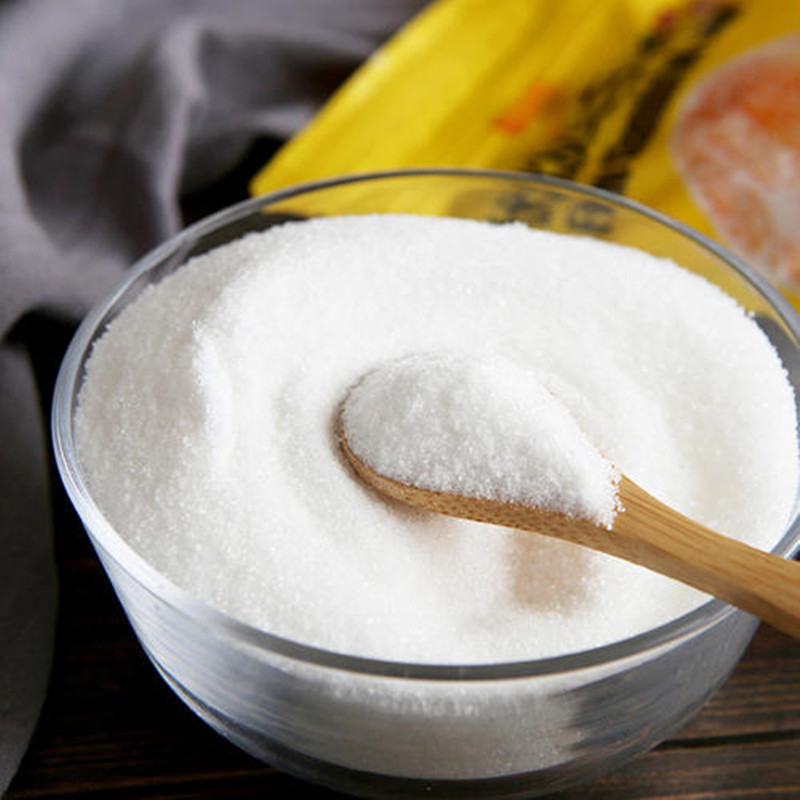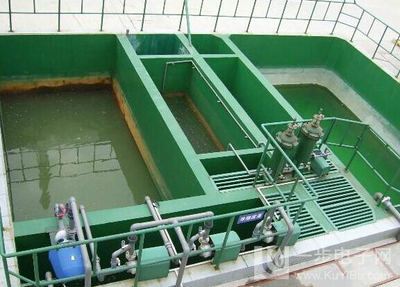Polyacrylamide is environmentally friendly.
Polyacrylamide (PAM) is a linear polymer widely used in the field of environmental protection, especially in sewage treatment, where it is used as a flocculant to effectively remove suspended matter and impurities in water, thereby purifying water quality.
Polyacrylamide can quickly dissolve in water to form a viscous solution, and through electrical neutralization and surface adsorption, it effectively aggregates and disperses particles to achieve the purpose of purifying water quality. This material not only performs well in sewage treatment, but also has a wide range of applications in other environmental protection fields such as water treatment, papermaking, textiles, and agriculture. In addition, polyacrylamide itself is non-toxic and harmless, and relatively safe for the human body and the environment, which makes its application in the field of environmental protection more extensive and reliable.
Although safety measures need to be taken during the production and use of polyacrylamide, such as avoiding skin contact and ensuring that the operating environment is well ventilated, these measures are mainly to protect the operator and do not affect its environmental protection properties.



